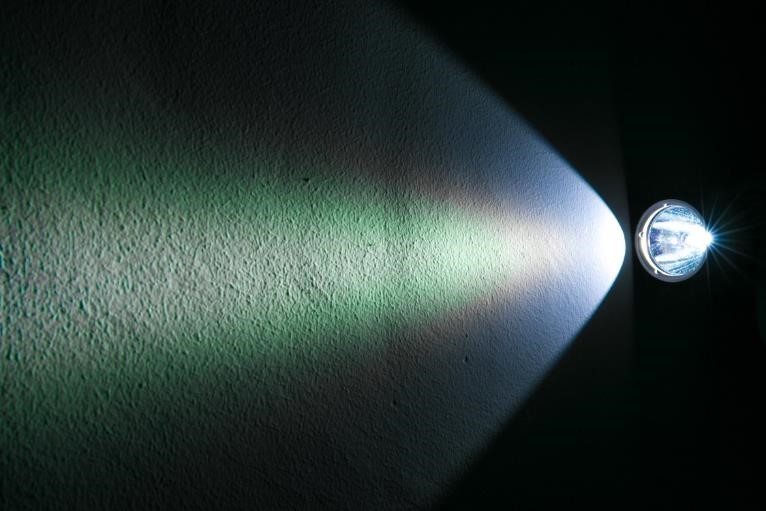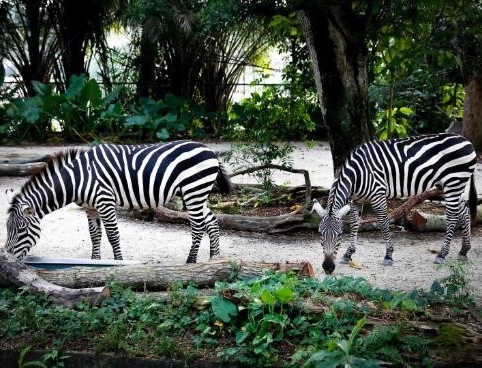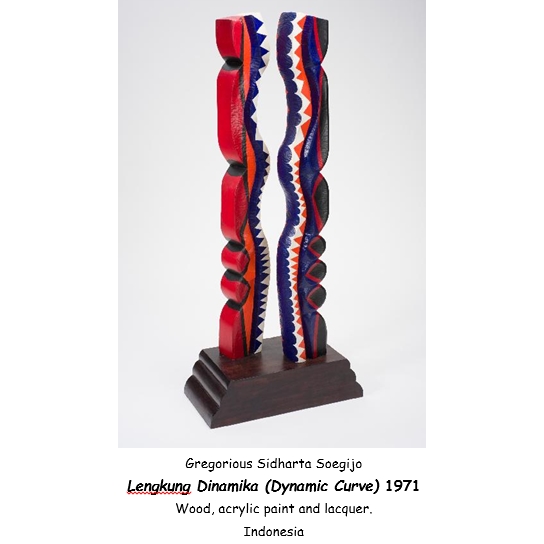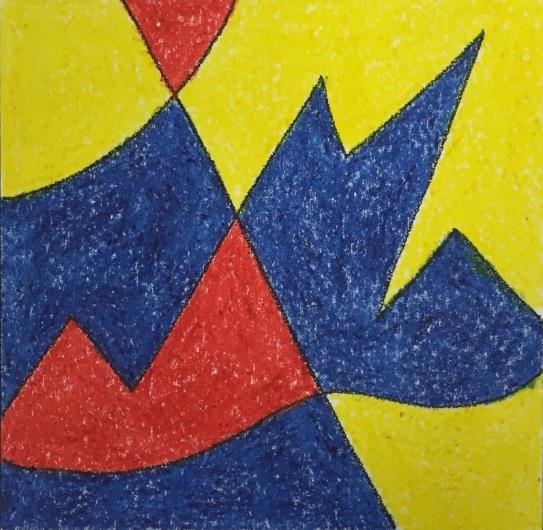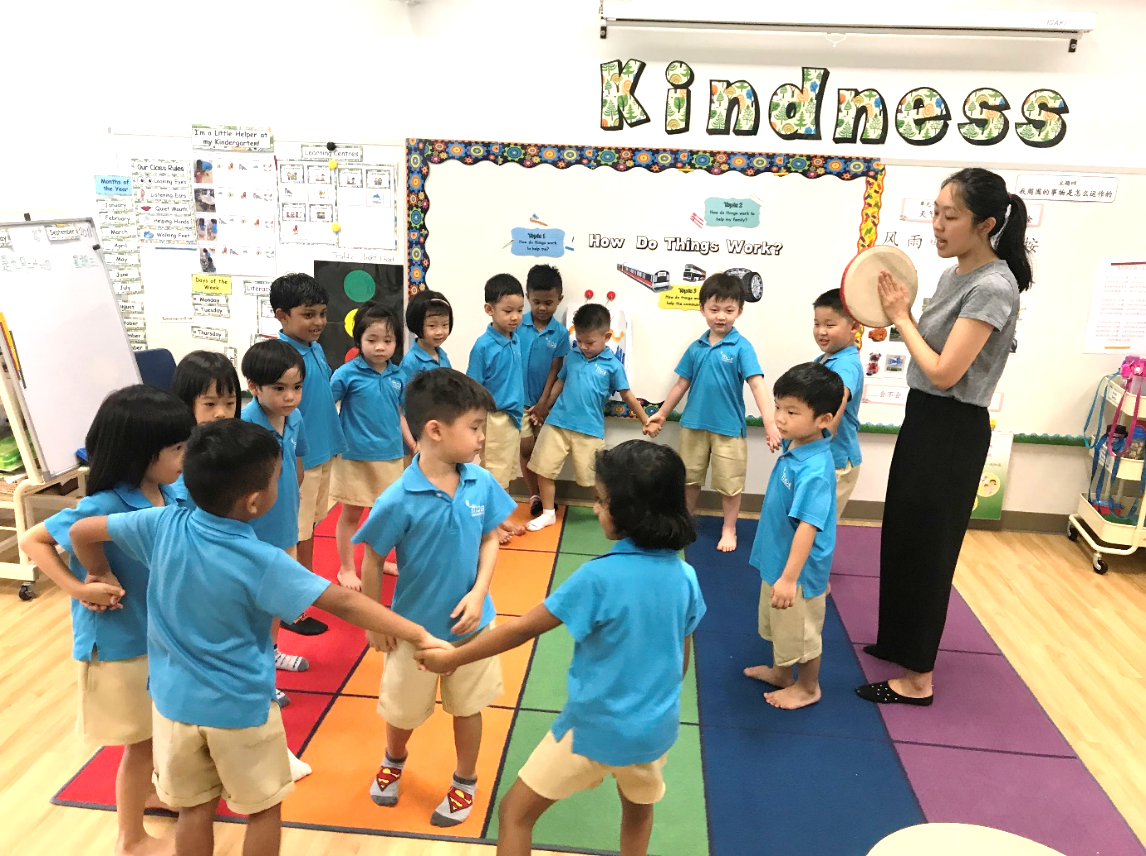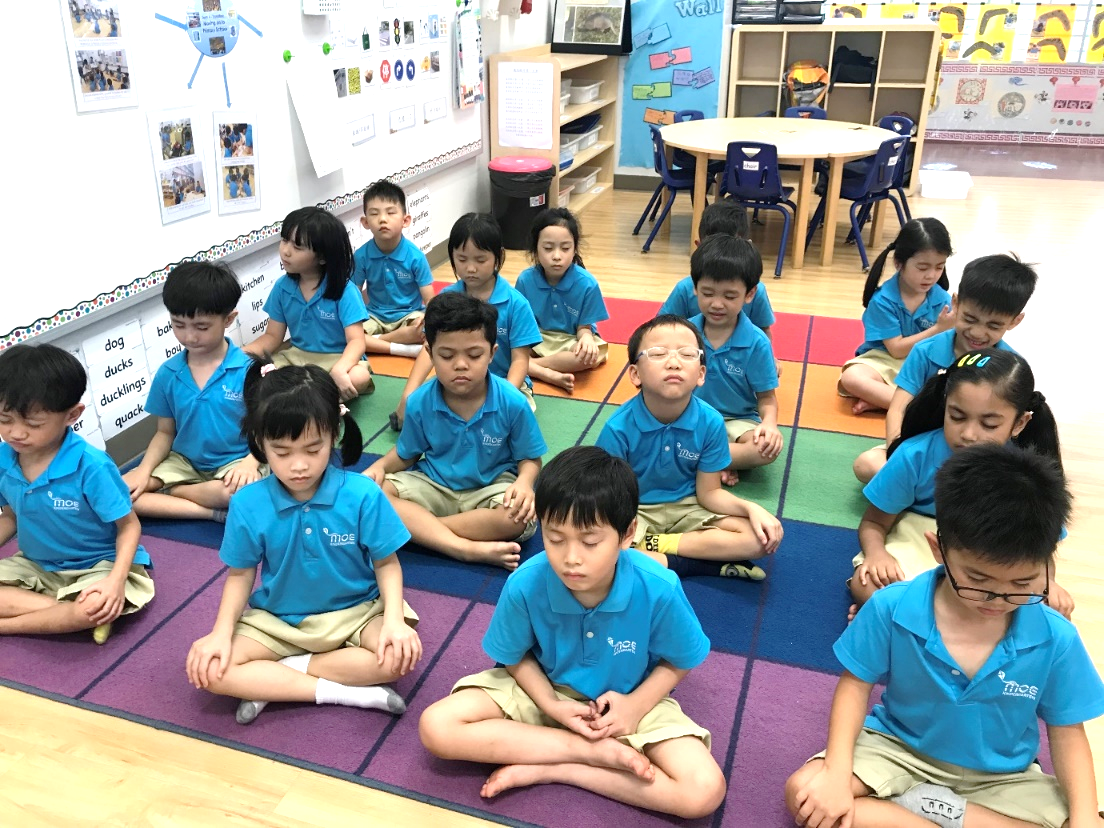Home >
Teaching and Learning >
Learning Areas >
Aesthetics and Creative Expression
Aesthetics and Creative Expression
What is it?

|
|
| Find out more |
|---|
 |
Why is it important?

|
|
| Find out more |
|---|
 |
Photo Story 1
Lines, lines and more Lines
Line is one of the Elements of Art. Did you know that a line is a moving dot in space? How can you help your children observe lines around them?
Learn how you can use questions to draw your children’s attention to the different types of lines that they encounter in their daily lives and in the man-made and natural environment around them. Teach them words to describe these lines (e.g. straight, curved, zig-zag, swirly, dotted, short and long) and show them how an artist used lines in his art.
Photo Story 2
Using Music and Movement for Routines and Transitions
Listening and responding to music helps promote children's imagination and creativity. Beyond planned activities, music and movement can also be used during routines and transitions and to help in classroom management. Read on to find out how you can use music for daily routines and transitions.


